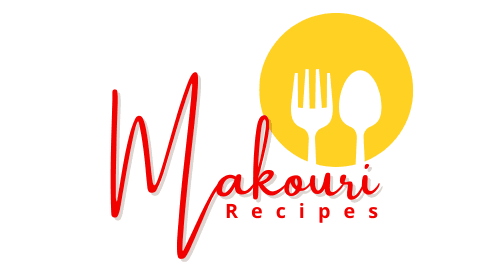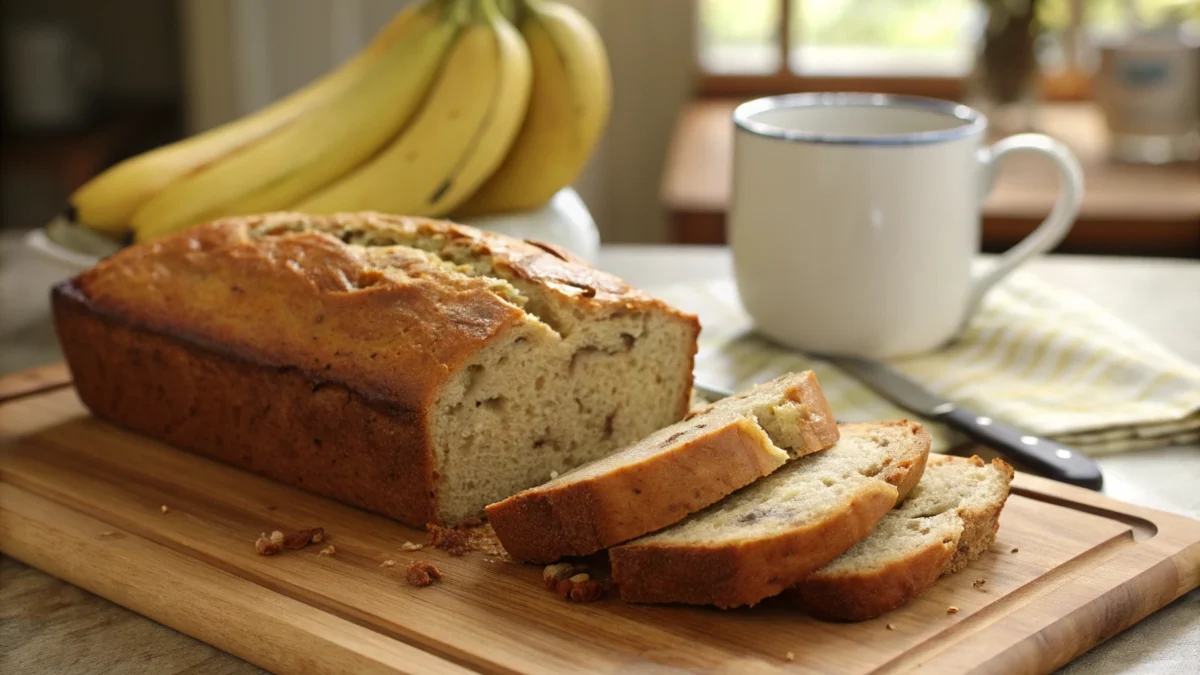
Introduction to Common Mistakes When Making Banana Bread
Banana bread has become a cherished staple in kitchens around the world, blending comfort and simplicity into every slice. Whether you’re a seasoned baker or a curious beginner, the process seems straightforward—mash some bananas, mix the batter, and bake. Yet, many find their banana bread turning out dense, rubbery, or unevenly baked. What gives? This article explores the number one mistake made when making banana bread—a seemingly innocent error that impacts the final result—and offers tips to avoid it. Along the way, we’ll uncover other common pitfalls and share expert tips to ensure your banana bread is always moist, flavorful, and just right.
Understanding the Basics of Banana Bread
What Makes Banana Bread a Beloved Favorite?
Banana bread isn’t just a baked good; it’s a warm hug in the form of food. Its popularity lies in its perfect balance of sweetness, moistness, and versatility. You can enjoy it as a snack, breakfast, or dessert, making it a universal crowd-pleaser. For many, it’s also a sustainable way to use up overripe bananas, reducing food waste while satisfying cravings.
Essential Ingredients in Banana Bread
Creating the best banana bread starts with understanding its core ingredients. At the heart of it all are bananas. But don’t overlook the role of key components like flour, sugar, butter (or oil), eggs, and leavening agents such as baking soda or powder. Each element contributes to texture and flavor.
Sugar provides sweetness and moisture, while eggs bind the batter and give structure. Using a combination of baking soda and acidic ingredients like yogurt or buttermilk helps the bread rise while keeping it tender. A balanced ratio of wet and dry ingredients is crucial to achieving that soft, moist crumb.
The Importance of Ripeness in Bananas
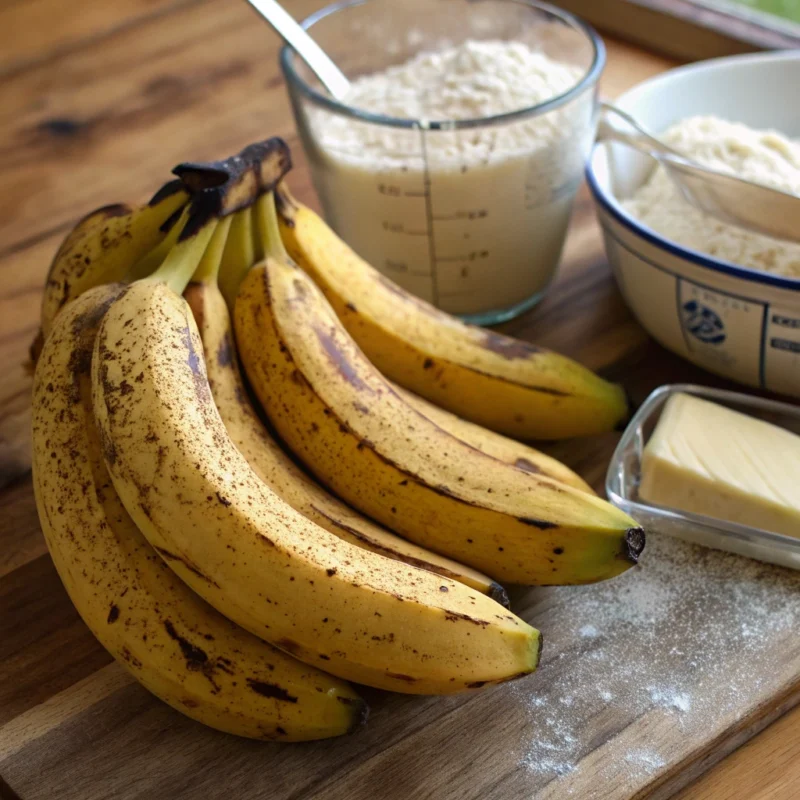
The ripeness of your bananas can make or break the flavor profile. Always use bananas that are heavily speckled or entirely brown. These bananas are naturally sweeter, softer, and easier to mash, ensuring your bread is rich and aromatic. Using bananas that are underripe, however, can lead to bland, less sweet bread.
The Number One Mistake When Making Banana Bread
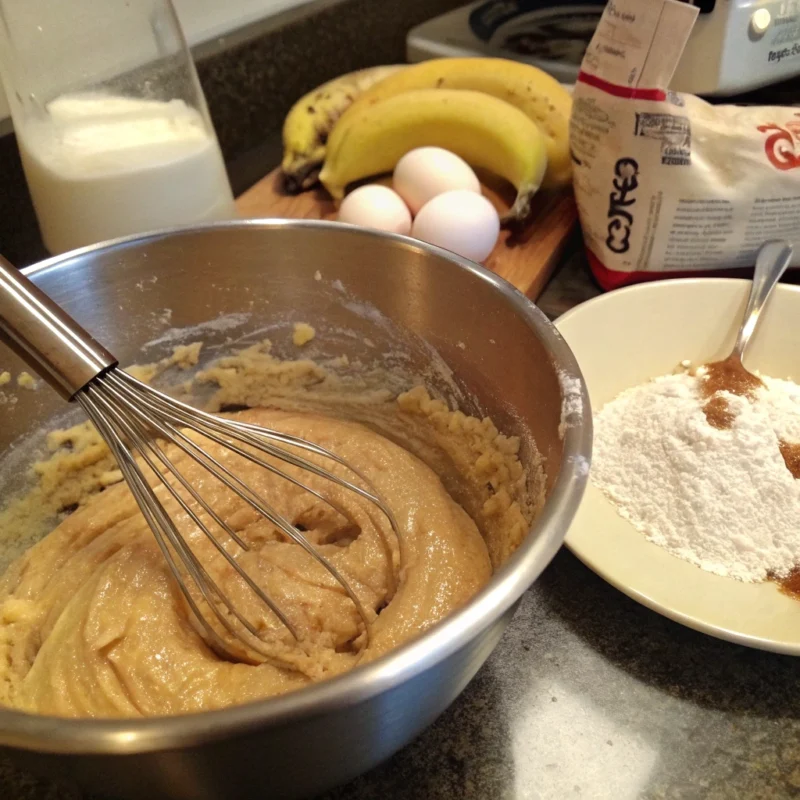
Overmixing: The Common Culprit
What is the number one mistake made when making banana bread? It’s overmixing the batter! While it might seem harmless to stir the ingredients a few extra times to ensure everything is well combined, this habit is a recipe for disaster. Overmixing activates the gluten in the flour, which is great for bread like sourdough but disastrous for banana bread. Gluten development results in a dense, rubbery texture, stripping away the light, tender crumb that makes banana bread irresistible.
Why Overmixing Affects Texture and Flavor
When you mix your banana bread batter too much, you’re introducing too much air and creating excess gluten. This affects not only the texture but also the flavor. Instead of a soft, moist loaf, you’ll end up with a tough and chewy bread that feels more like a cake gone wrong. Additionally, overmixing can unevenly distribute ingredients like bananas or nuts, leaving some bites overly sweet and others bland.
The chemical reactions in baking soda and baking powder also play a role here. Overmixing can deplete the leavening agents’ ability to properly aerate the batter, resulting in a flat, dense loaf. Nobody wants banana bread that feels like a brick!
Recognizing the Signs of Overmixing
The key to avoiding overmixing is knowing when to stop. But how do you tell if you’ve gone too far? Watch out for these telltale signs:
- Tough Batter Texture: The batter feels thick and heavy instead of light and airy.
- Streaky Batter: Uneven streaks of flour or wet ingredients can indicate you’ve overworked the mix.
- Dense Bread Post-Baking: If your loaf lacks fluffiness or has a hard, gummy center, it’s a clear sign of overmixing.
To avoid this, remember the golden rule of banana bread: mix just until the ingredients are combined. Once you see the flour disappear into the wet mixture, put down your spoon or whisk. It’s better to have a slightly lumpy batter than a ruined loaf!
Other Common Banana Bread Mistakes to Avoid
Using the Wrong Type of Flour
Flour is the backbone of any baked good, but not all flours are created equal. When making banana bread, it’s best to stick with all-purpose flour. Using bread flour, which has a higher protein content, can lead to a denser, chewier loaf—something you definitely want to avoid. On the other hand, using too much flour (even the right kind) can dry out your banana bread, robbing it of its signature moistness.
Tip: Always spoon the flour into your measuring cup and level it off with a knife. Scooping directly from the bag packs the flour down, leading to inaccurate measurements.
Incorrect Measurement Techniques
Speaking of measurements, accuracy is crucial in baking. Unlike cooking, where a pinch of this or a splash of that can work, baking is a science. Too much sugar can make your banana bread overly sweet and sticky, while not enough can leave it bland. Similarly, improper ratios of wet to dry ingredients can result in a batter that’s too dry or too wet, affecting the final texture.
Solution: Use measuring cups for dry ingredients and a liquid measuring cup for wet ingredients. And don’t forget to level off each scoop to ensure precision.
Underbaking or Overbaking
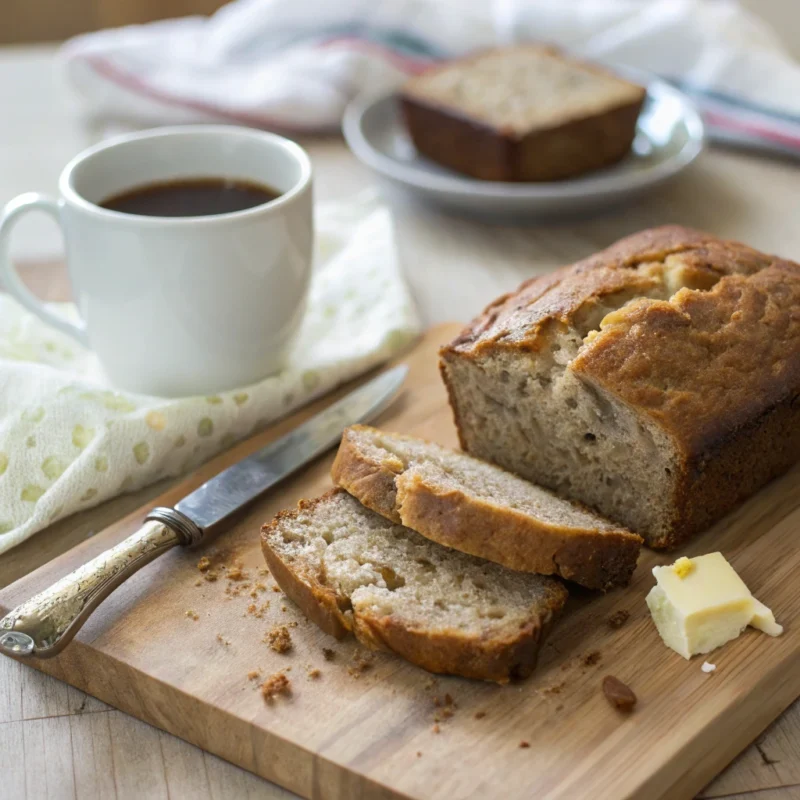
Baking banana bread to perfection requires attention to timing. Underbaking leaves the center raw and gooey, while overbaking dries out the loaf, making it crumbly and unappetizing. It’s a delicate balance, but one that can be achieved with the right techniques.
How to Avoid This Mistake:
- Use a toothpick or skewer to test for doneness. Insert it into the center of the loaf—if it comes out clean or with a few moist crumbs, the bread is ready.
- Bake at the correct temperature, usually 325°F to 350°F, depending on your oven. Avoid opening the oven door too often, as it can cause the bread to sink.
Final Thoughts on Common Mistakes
These mistakes might seem small, but they can have a big impact on your banana bread. By paying attention to ingredients, measurements, and baking techniques, you can avoid these pitfalls and bake a loaf that’s soft, flavorful, and truly memorable.
Tips to Perfect Your Banana Bread Every Time
How to Achieve the Perfect Moistness
Moist banana bread is the holy grail of baking. The secret lies in balancing your wet and dry ingredients. Overly dry batter results in crumbly bread, while excess moisture can make it dense. To ensure moistness, always measure ingredients carefully and use ingredients like sour cream, yogurt, or buttermilk to add richness. These additions not only enhance the texture but also provide a subtle tang that complements the sweetness of bananas.
The Role of Temperature in Baking Banana Bread
Temperature plays a pivotal role in creating the perfect loaf. Always bake your banana bread at 325°F or 350°F, depending on your recipe. Lower temperatures allow the bread to cook evenly, preventing overbaking on the outside while leaving the center raw.
Additionally, ensure your ingredients are at room temperature before mixing. Cold ingredients can cause uneven batter, affecting the bread’s rise. Allow your eggs, butter, and any dairy components to sit out for 30 minutes before starting.
Enhancing Flavor with Add-ins and Variations
While classic banana bread is delicious, adding a personal twist can take it to the next level. Consider incorporating walnuts, chocolate chips, or shredded coconut for extra flavor and texture. Want to be adventurous? Swirl in some Nutella, peanut butter, or even a cinnamon sugar topping for a bakery-style finish.
For more banana-inspired treats, check out this Easy Banana Bread Recipe Using 2 Bananas.
FAQs About Making Banana Bread
What Happens If You Add Too Much Banana to Banana Bread?
Adding too much banana to your banana bread might seem like a good idea for extra flavor, but it can backfire. Excess banana adds more moisture than the batter can handle, leading to a dense, soggy loaf that doesn’t bake evenly. Overly moist bread can also collapse in the middle as it cools. To avoid this, stick to the recipe’s recommended banana amount, typically around 1 to 1.5 cups of mashed banana.
Why Doesn’t My Banana Bread Taste Like Banana?
If your banana bread lacks that signature banana flavor, the problem likely lies in the bananas you used. Ripe bananas, covered in brown spots or completely browned, pack the most sweetness and aroma. Underripe bananas are too starchy and don’t deliver the bold banana taste you’re craving. To amplify flavor, add a teaspoon of banana extract or increase the number of bananas slightly without overloading the batter.
How Long Should You Let Banana Bread Cool Before Cutting?
Patience is key when it comes to cooling banana bread. Let your loaf cool in the pan for about 10–15 minutes, then transfer it to a wire rack to cool completely—usually about 1–2 hours. Cutting into warm bread can cause it to crumble and affect texture, so resist the urge to slice too soon.
Is Baking Soda or Baking Powder Better for Banana Bread?
Baking soda is the preferred leavening agent for banana bread because it reacts with the natural acidity of ripe bananas to create a light, airy crumb. Baking powder can be used if your recipe doesn’t include acidic ingredients like buttermilk or yogurt, but it might not achieve the same rise or texture.
Conclusion
Banana bread is a timeless classic that can be enjoyed by bakers of all skill levels. However, even the simplest recipes can go awry if common mistakes are overlooked. From understanding the importance of ripe bananas to avoiding the number one mistake made when making banana bread—overmixing—each step plays a crucial role in achieving the perfect loaf.
By using the right techniques, measuring accurately, and being mindful of your baking process, you can elevate your banana bread from good to unforgettable. Remember, baking is as much about patience and practice as it is about following a recipe. Don’t be afraid to experiment with flavors and add-ins to make your banana bread truly your own.
So, the next time you see those overripe bananas sitting on your counter, you’ll know exactly how to turn them into a moist, flavorful treat that everyone will love. Happy baking!
